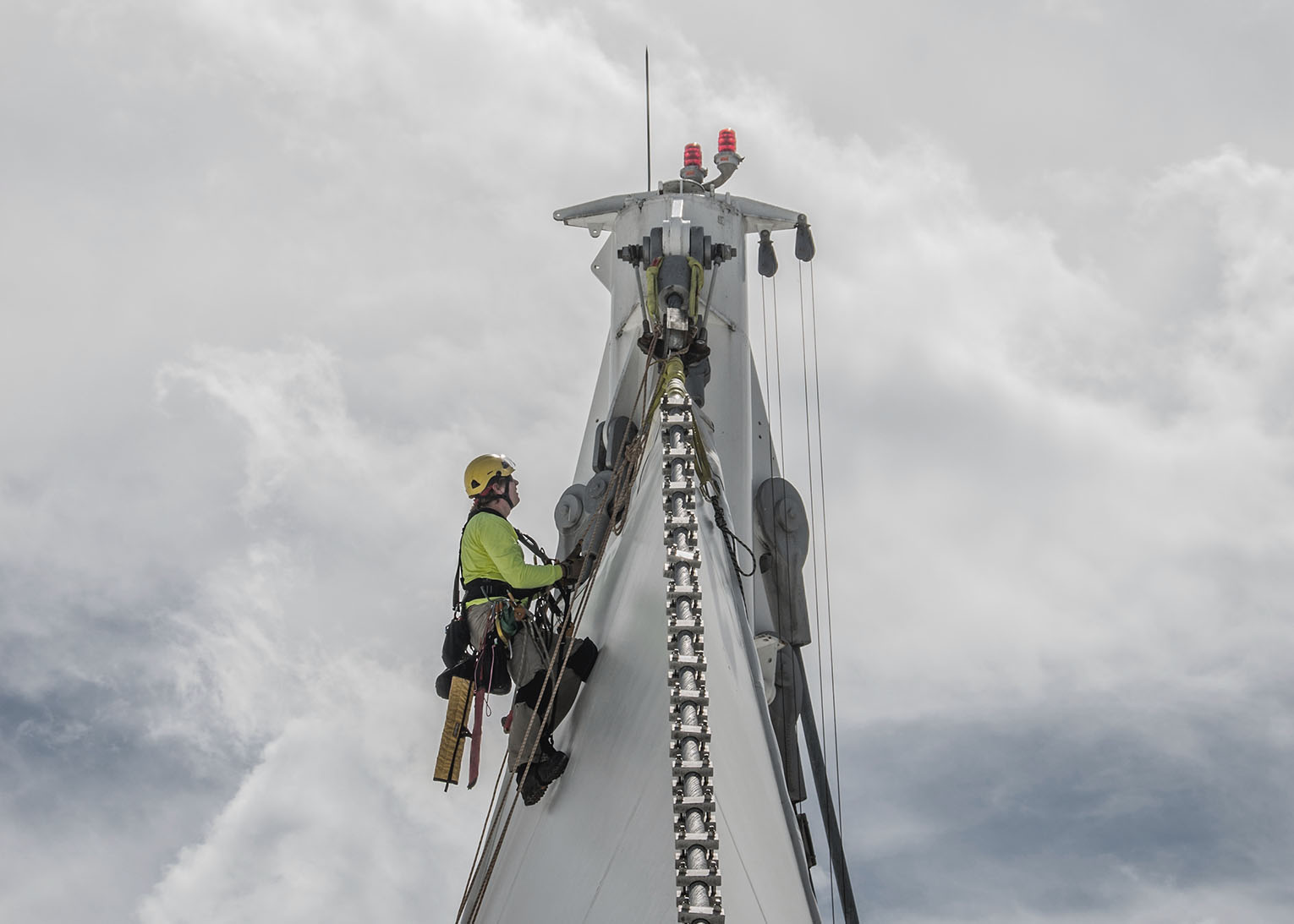
Image Source: Google
The best Rope access techniques have evolved significantly over the years, enabling professionals to work efficiently and safely in challenging environments. What started as a method for climbers to scale cliffs has now found diverse applications in various industries, from construction and maintenance to rescue operations and more. This article explores the wide range of uses for rope access techniques and how they have revolutionized work at heights.
Industrial Applications
Construction and Maintenance
Rope access techniques are extensively used in the construction and maintenance of buildings, bridges, and other structures. Workers can access difficult-to-reach areas with ease, making tasks such as painting, welding, and inspection more efficient.
Oil and Gas Industry
In the oil and gas industry, rope access is utilized for offshore platform maintenance, pipeline inspections, and other challenging tasks. This method allows workers to access equipment and structures at great heights without the need for expensive scaffolding or cranes.
Wind Energy
Rope access techniques have become essential in the wind energy sector for the installation and maintenance of wind turbines. Technicians can ascend the towering structures safely and perform repairs or upgrades efficiently, minimizing downtime.
Telecommunications
Telecommunication towers require regular maintenance and upgrades, which often involve working at considerable heights. Rope access techniques provide a cost-effective solution for technicians to access antennas and equipment securely.
Power Plants
Power plants, including nuclear facilities, benefit from rope access for routine inspections, repairs, and installations. Workers can navigate complex structures and tight spaces with ease, ensuring the safety and efficiency of operations.
Emergency Response and Rescue
Fire and Rescue Services
Rope access techniques are instrumental in fire and rescue operations, allowing personnel to reach individuals in precarious situations quickly. Whether it's a high-rise building or a cliffside rescue, these methods enable swift and safe extractions.
Cave Exploration
Exploring caves and underground caverns requires specialized skills and equipment. Rope access techniques are used by spelunkers and researchers to navigate vertical passages and descend into deep cave systems securely.
Recreational and Sporting Activities
Rock Climbing
While traditional climbing techniques still prevail in many scenarios, rope access methods have made a significant impact on the sport of rock climbing. Climbers can safely ascend challenging routes and cliffs with the use of ropes, harnesses, and anchors.
Canyoneering
Canyoneering, which involves navigating canyons using a variety of techniques, including rappelling, often relies on rope access for descending steep drops and waterfalls safely. This exhilarating activity combines wilderness exploration with technical skills.
Conclusion
Rope access techniques have transcended their origins in climbing to become essential tools in a wide range of industries and activities. The versatility and efficiency of these methods have revolutionized work at heights, making tasks safer, more cost-effective, and environmentally friendly. As technology continues to advance, we can expect further innovations in rope access techniques, opening up even more possibilities for exploration and problem-solving in challenging environments.

No Responses